A Comparative Study of Translation Quality between Machine Translation Text and Human Translation from the Perspective of Discourse Cohesion Theory—Taking Fond Memories of Peiping as an Example
DOI: 10.23977/langl.2025.080108 | Downloads: 50 | Views: 778
Author(s)
Zhang Jieru 1
Affiliation(s)
1 Guizhou University of Finance and Economics, Guiyang, China
Corresponding Author
Zhang JieruABSTRACT
As the political, economic, and cultural intertwining between countries reaches an unprecedented level of closeness, cooperation in various other fields is also deepening, which implies a significant demand for translation. The rapid development of artificial intelligence has also driven the prosperity of machine translation. Machine translation, with its speed and low cost, has quickly gained popularity in the translation market, becoming an important aid in translation tasks. Machine translation can process large volumes of text in a very short time, saving much time and human resources for translation tasks, but it is not 100% accurate, and the translations produced by machines often require subsequent human proofreading. This article aims to compare machine translation and human translation from the perspective of discourse coherence, using Mr. Lao She's work Fond Memories of Peiping as a case study to highlight the differences in discourse coherence between the two translations, identify the issues in machine translation, and improve the quality of machine translation in order to more efficiently promote the development of translation.
KEYWORDS
Machine translation, Discourse coherence, Post-editingCITE THIS PAPER
Zhang Jieru, A Comparative Study of Translation Quality between Machine Translation Text and Human Translation from the Perspective of Discourse Cohesion Theory—Taking Fond Memories of Peiping as an Example. Lecture Notes on Language and Literature (2025) Vol. 8: 55-61. DOI: http://dx.doi.org/10.23977/langl.2025.080108.
REFERENCES
[1] Wang Junsong, Zhuang Zongqian, Wei Yongpeng. Machine Translation Quality Assessment: Methods, Applications, and Prospects [J]. Foreign Language Research, 2024, 40(03):135-144.
[2] Ding Jihong. Research on the Translation of Immigrant Management Empowered by Artificial Intelligence Technology [J]. Journal of Sichuan University of Arts and Science, 2025, 35(01): 102-108.
[3] Guo Mingyang, Zhang Xiaoling, Tang Huiling, et al. Research on the Application of Artificial Intelligence in Machine Translation [J]. Journal of Henan University of Science and Technology: Natural Science Edition, 2021(3): 97-103.
[4] Li Xiaoping. An Inquiry into University English Writing Teaching from the Perspective of Textual Coherence Theory[J]. Modern English, 2024, (08):50-52.
[5] Chen Mingyao; Qiu Hui. A Study on the Cohesion and Coherence of the English Translation of China's Environmental Protection (White Paper) from the Perspective of Discourse[J]. Shanghai Translation, 2009(01):22-26.
[6] Lao She. Thinking of Beiping [J]. Reading, 2022(27):38-39
[7] Zhang Peiji. Selected Modern Chinese Prose in English Translation (Volume 1) [M]. Shanghai: Shanghai Foreign Language Education Press, 2007: 134-137.
| Downloads: | 48830 |
|---|---|
| Visits: | 929036 |
Sponsors, Associates, and Links
-
Journal of Language Testing & Assessment
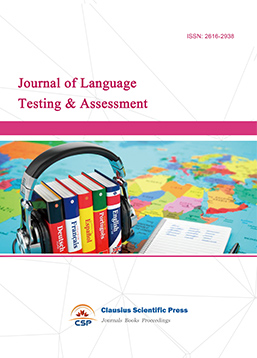
-
Information and Knowledge Management
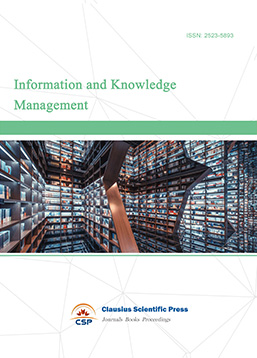
-
Military and Armament Science
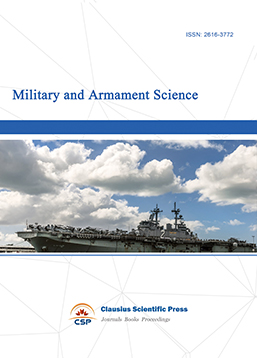
-
Media and Communication Research
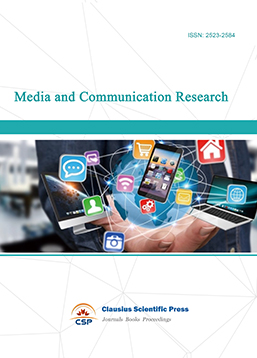
-
Journal of Human Movement Science
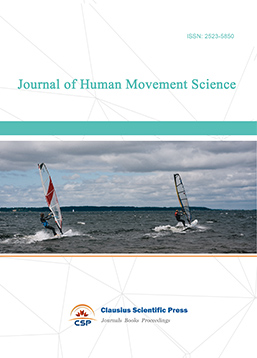
-
Art and Performance Letters
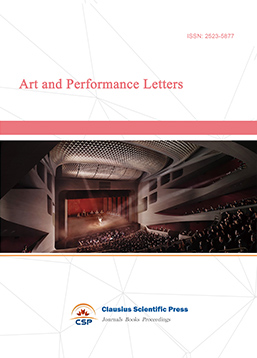
-
Lecture Notes on History
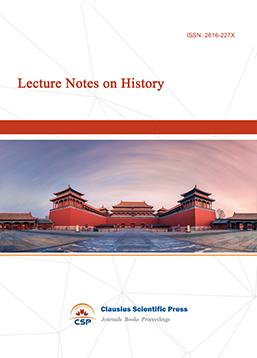
-
Philosophy Journal
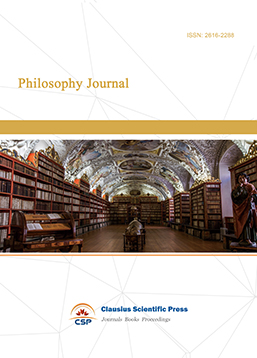
-
Science of Law Journal
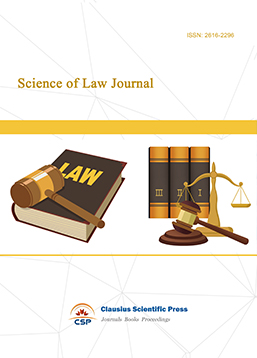
-
Journal of Political Science Research
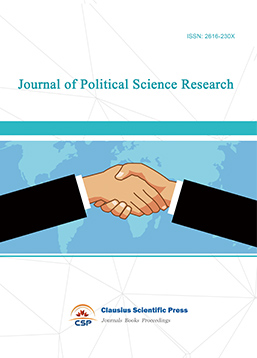
-
Journal of Sociology and Ethnology
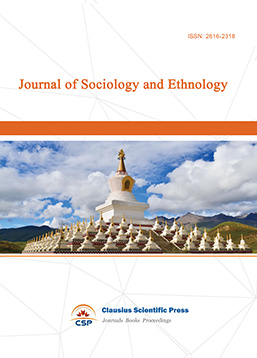
-
Advances in Broadcasting


 Download as PDF
Download as PDF